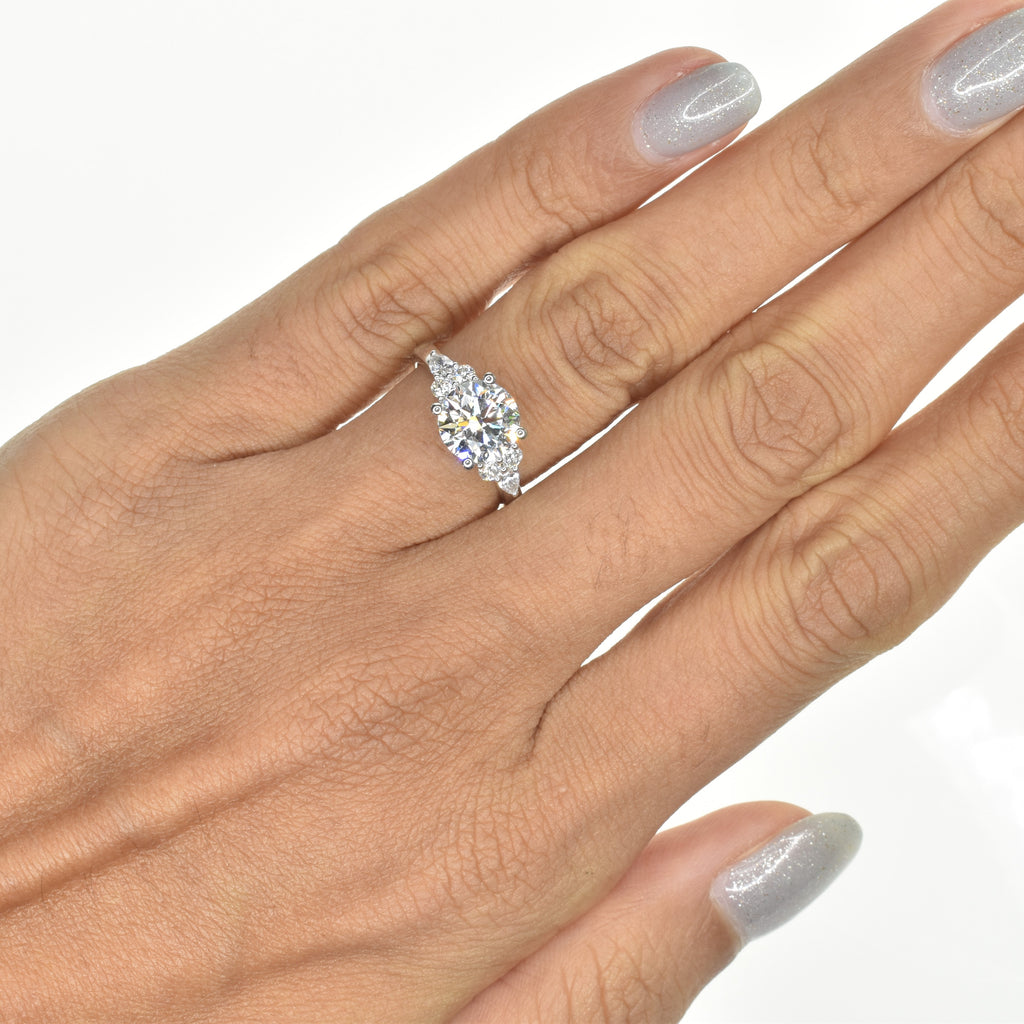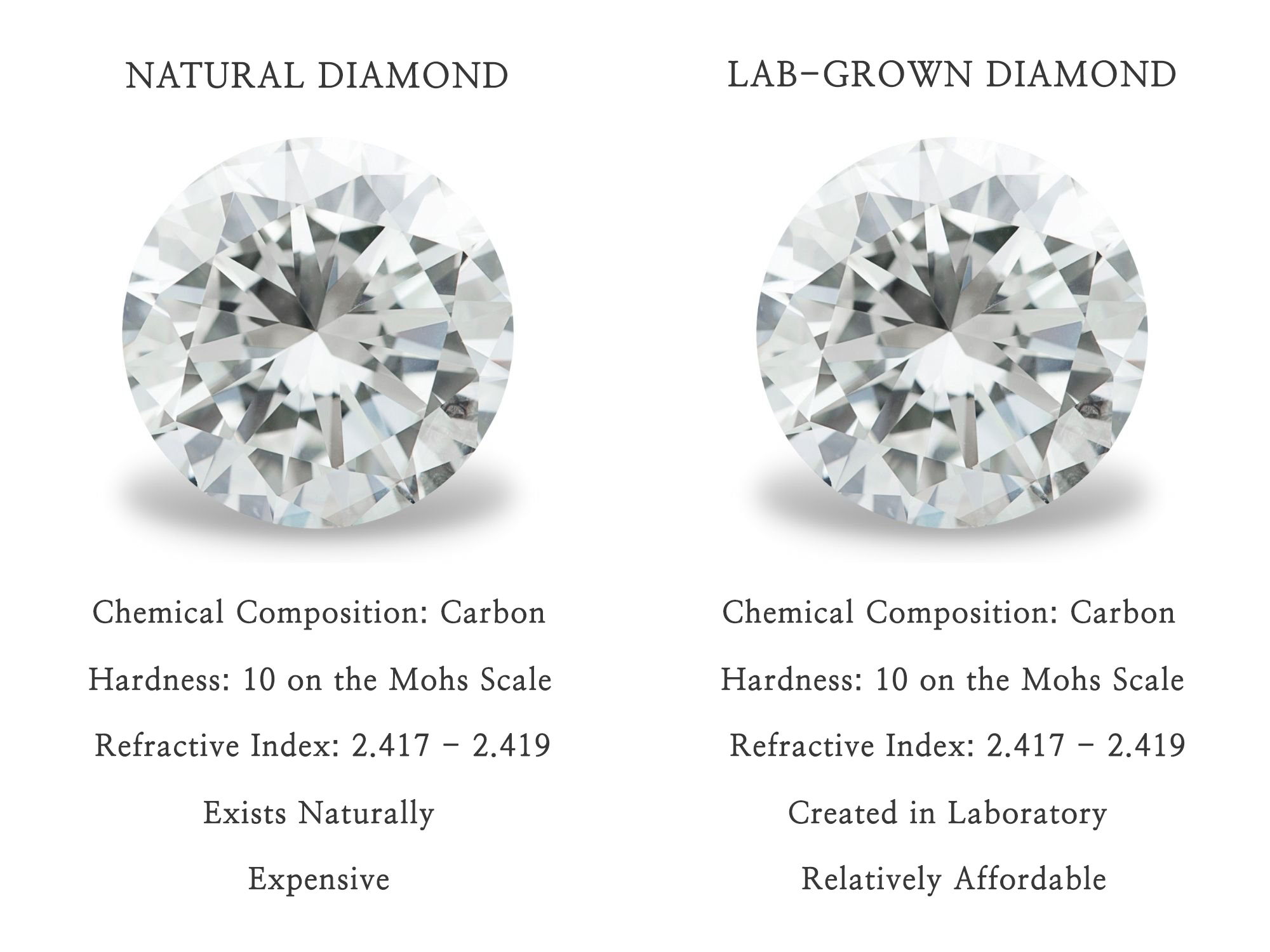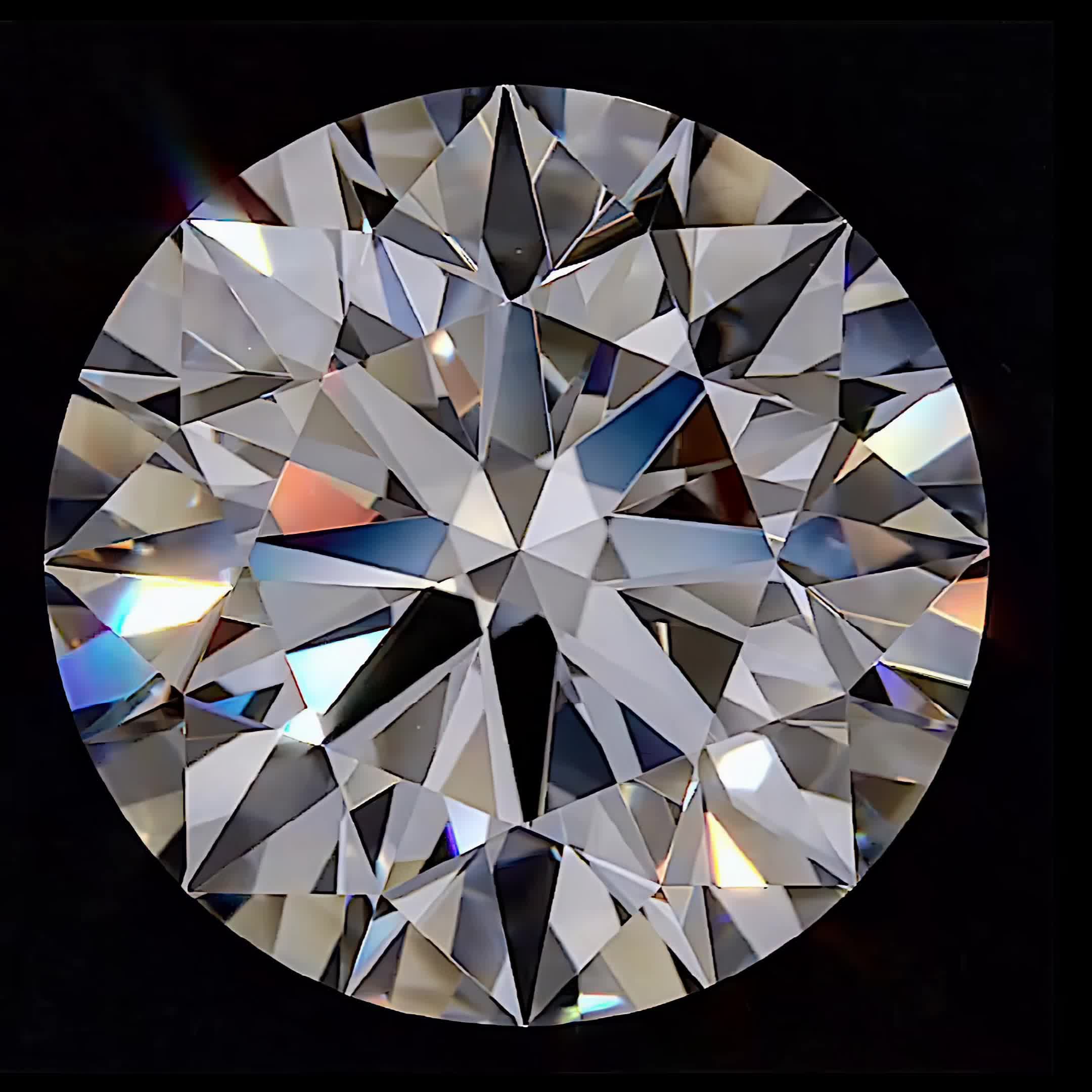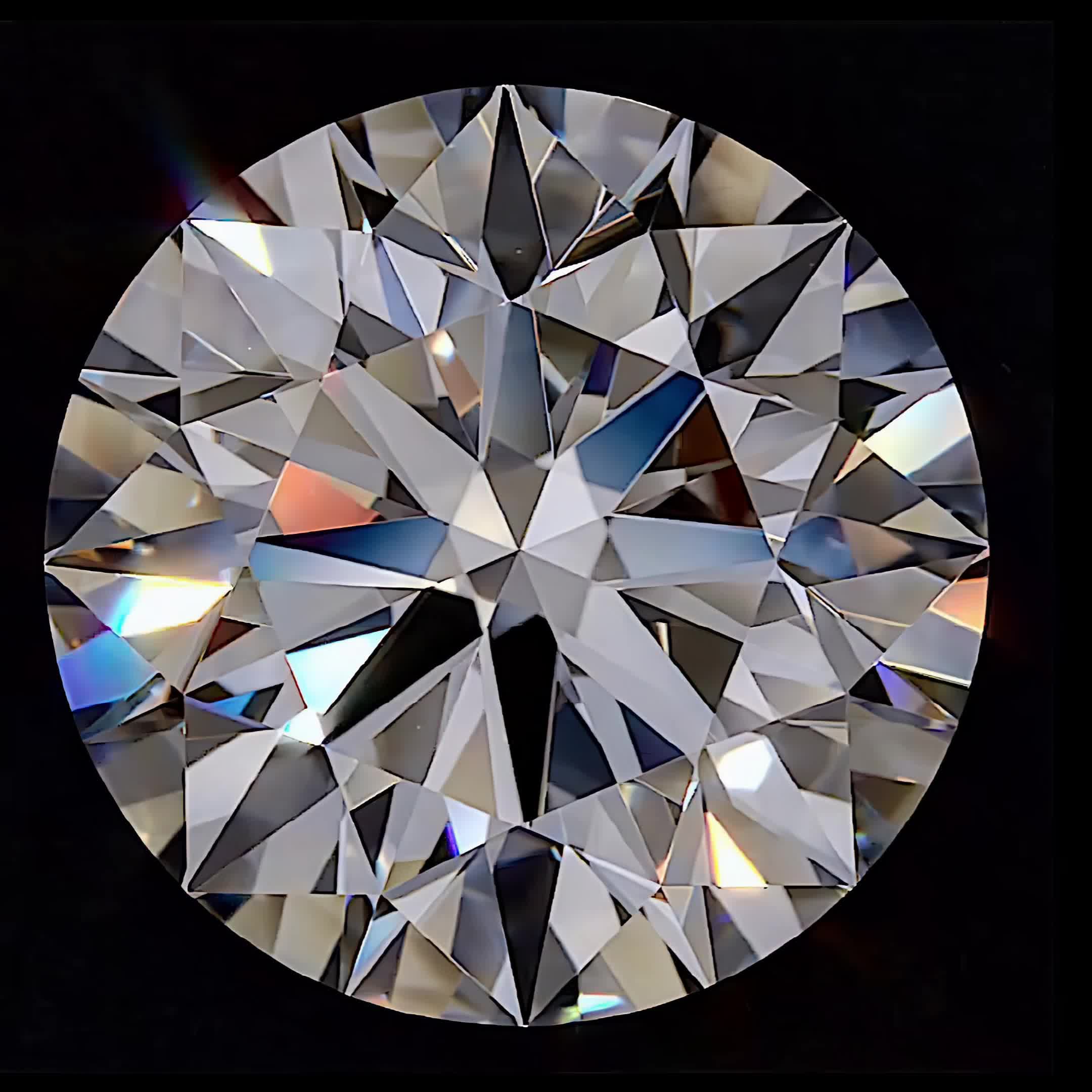buy lab grown diamond ring is more than a shopping decision—it’s a reflection of modern values, style, and smart choices. As you explore the world of lab grown diamonds, you’ll discover a blend of innovation and tradition that transforms how we think about fine jewelry. This journey introduces you to a sparkling alternative that captures both beauty and conscience in every facet.
Lab grown diamond rings are created in advanced labs using cutting-edge technology, mirroring the natural process that forms diamonds beneath the earth. These gems share the same chemical, physical, and optical properties as mined diamonds, but offer unique advantages in ethics, environmental impact, and affordability. Whether you’re choosing a timeless solitaire or a trendy custom design, buying a lab grown diamond ring means embracing quality, variety, and responsible luxury.
Understanding Lab Grown Diamonds

Lab grown diamonds are rapidly becoming a favorite alternative to natural diamonds, thanks to their ethical sourcing and advanced technology. These diamonds are crafted in laboratories, yet they share virtually identical properties with their natural counterparts, making them difficult to distinguish without specialized equipment.
Creation Process of Lab Grown Diamonds
Lab grown diamonds are produced using innovative technological methods that replicate the natural formation process within the Earth. The two primary techniques used are High Pressure High Temperature (HPHT) and Chemical Vapor Deposition (CVD). HPHT mimics the high-pressure, high-temperature environment found deep underground, while CVD involves breaking down carbon-rich gases to form diamond layers on a substrate.
Chemical and Physical Properties of Lab Grown Diamonds
Lab grown diamonds are composed of carbon atoms arranged in the classic crystal lattice structure, just like natural diamonds. They exhibit the same hardness, brilliance, refractive index, and fire. Both types of diamonds score a perfect 10 on the Mohs scale of mineral hardness, and their chemical makeup is indistinguishable by the naked eye.
Differences Between Lab Grown and Natural Diamonds, Buy lab grown diamond ring
The most notable difference between lab grown and natural diamonds is their origin. Natural diamonds form over billions of years beneath the Earth’s surface, while lab grown diamonds can be created in weeks. Visually and structurally, they are nearly identical; only advanced lab testing can tell them apart. Despite these similarities, some enthusiasts value natural diamonds for their rarity and geological history.
Misconceptions About Lab Grown Diamonds
Despite their popularity, lab grown diamonds are sometimes misunderstood. Below are some common misconceptions clarified for better understanding:
- Lab grown diamonds are fake or simulants.
- They are always perfect without inclusions or flaws.
- Lab grown diamonds lack resale value entirely.
- They are easily distinguishable from natural diamonds by looking at them.
- They harm the environment just as much as mined diamonds.
Benefits of Choosing Lab Grown Diamond Rings
Lab grown diamonds offer a range of benefits, from more ethical sourcing to potential cost savings. Many buyers are drawn to the reduced environmental impact and the peace of mind that comes from knowing their diamond was created without traditional mining.
Ethical and Environmental Advantages
Choosing lab grown diamonds means supporting sustainable practices. Unlike mined diamonds, lab grown options avoid the social and environmental issues associated with traditional mining, such as habitat destruction and unfair labor practices. Many leading producers now use renewable energy to further reduce their carbon footprint.
Price Comparison: Lab Grown vs Natural Diamond Rings
Lab grown diamond rings tend to be more affordable than their mined counterparts, offering more value for your budget. Here’s a comparison highlighting the key differences:
| Type | Average Price | Source | Environmental Impact |
|---|---|---|---|
| Natural Diamond | $5,000 (1ct, VS1, G) | Earth-mined | High (land use, CO₂, water) |
| Lab Grown Diamond | $2,500 (1ct, VS1, G) | Lab-created | Low (controlled environment, less waste) |
Quality and Variety of Lab Grown Diamond Rings

Lab grown diamonds are available in a wide spectrum of cuts, colors, and carat weights. They offer the same dazzling brilliance and durability as natural diamonds, making them suitable for all types of jewelry. This diversity allows for more personalization and creativity in ring designs.
Certifications and Warranties for Lab Grown Diamonds
Reputable lab grown diamonds are certified by organizations such as GIA, IGI, or GCAL, ensuring quality and authenticity. When purchasing, buyers can also expect warranties or guarantees that cover manufacturing defects, providing peace of mind and long-term value.
Selecting the Perfect Lab Grown Diamond Ring
Finding the ideal lab grown diamond ring requires attention to several factors, from the diamond’s characteristics to the style of the setting. By following a structured approach, you can ensure your purchase is both meaningful and lasting.
Step-by-Step Procedure for Selecting a Lab Grown Diamond Ring
Selecting the right ring involves more than just picking a pretty stone. Here’s a step-by-step Artikel to guide your decision:
- Determine your budget and style preferences.
- Choose a reputable retailer or jeweler specializing in lab grown diamonds.
- Understand the 4Cs (Cut, Color, Clarity, Carat) and prioritize based on your preferences.
- Select your desired diamond and review its certification.
- Pick a ring setting that matches your taste and lifestyle.
- Explore personalization options such as engraving or custom designs.
- Review return, warranty, and after-sales policies before finalizing your purchase.
The 4Cs of Lab Grown Diamonds
The 4Cs—Cut, Color, Clarity, and Carat—play a vital role in determining a diamond’s beauty and value. For lab grown diamonds, these characteristics are graded with the same rigor as natural stones. Cut affects the sparkle, color ranges from colorless to yellow or even fancy hues, clarity measures internal and external flaws, and carat refers to weight. Striking the right balance among these factors helps you find the perfect stone for your needs.
Comparison of Ring Settings for Lab Grown Diamond Rings
The setting of a diamond ring not only secures the stone but also defines its overall aesthetic. Here is a comparison of popular settings:
| Setting Name | Description | Best For | Popularity |
|---|---|---|---|
| Solitaire | Single diamond, simple band | Classic elegance | Very High |
| Halo | Center diamond with surrounding smaller stones | Maximizing sparkle | High |
| Pavé | Band adorned with small diamonds | Added brilliance | Medium |
| Vintage | Intricate, antique-inspired designs | Unique character | Medium |
Personalization Options for Lab Grown Diamond Rings
Personal touches can make a lab grown diamond ring truly unique. Custom engraving, choice of metal, and bespoke design services allow you to tailor a ring to your tastes or commemorate special moments. Some jewelers offer 3D modeling or sketching services to help visualize the custom design before production.
Buying Lab Grown Diamond Rings Online vs In-Store

With the rise of digital shopping, many buyers now consider both online and in-store options for purchasing lab grown diamond rings. Each method has its own set of advantages and challenges.
Comparison of Online and In-Store Buying Experiences
The choice between online and in-store shopping depends on your comfort with technology, desire for hands-on experience, and preference for convenience or guidance. The following table compares both approaches:
| Method | Pros | Cons | Recommendations |
|---|---|---|---|
| Online | Wider selection, competitive prices, convenience, virtual try-on tools | Cannot see ring in person, potential for misinformation, delivery wait times | Buy from reputable retailers, check reviews, request certifications |
| In-Store | Physical inspection, professional assistance, instant purchase | Limited inventory, potentially higher prices, travel required | Visit certified jewelers, compare options, ask for certifications |
Verifying Authenticity and Vendor Trustworthiness
Ensuring you’re buying a genuine lab grown diamond ring is crucial. Only purchase from retailers that provide certification from independent gemological labs. Check for detailed product descriptions, transparent policies, and customer reviews. Reliable vendors are transparent about sourcing and willing to answer questions.
Return, Refund, and Exchange Policies
Most reputable jewelers offer flexible policies, allowing returns or exchanges within a set period, usually 30 days. Some may also provide lifetime warranties or free resizing. Before purchasing, review all terms carefully to understand your rights and the process for returning or exchanging your ring if necessary.
Using Virtual Try-On Tools and Consultations
Many online jewelers now offer innovative virtual try-on options using augmented reality, letting you visualize rings on your hand via a smartphone or computer. Live video consultations with gemologists are also common, providing expert guidance and personalized recommendations when shopping remotely.
Final Review: Buy Lab Grown Diamond Ring
Choosing to buy lab grown diamond ring opens up a world where elegance meets responsibility. You can express your unique style with peace of mind, knowing your choice supports ethical practices and sustainable beauty. As lab grown diamonds continue to shine in popularity and innovation, there’s never been a better time to find the perfect ring that truly reflects your values and vision.
